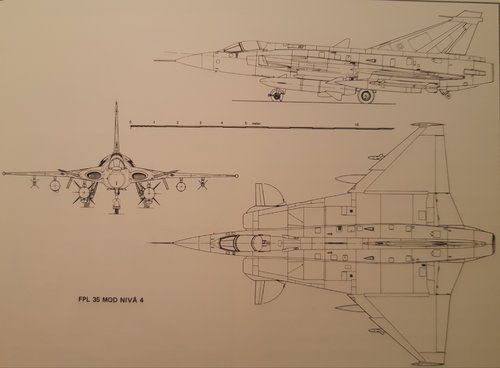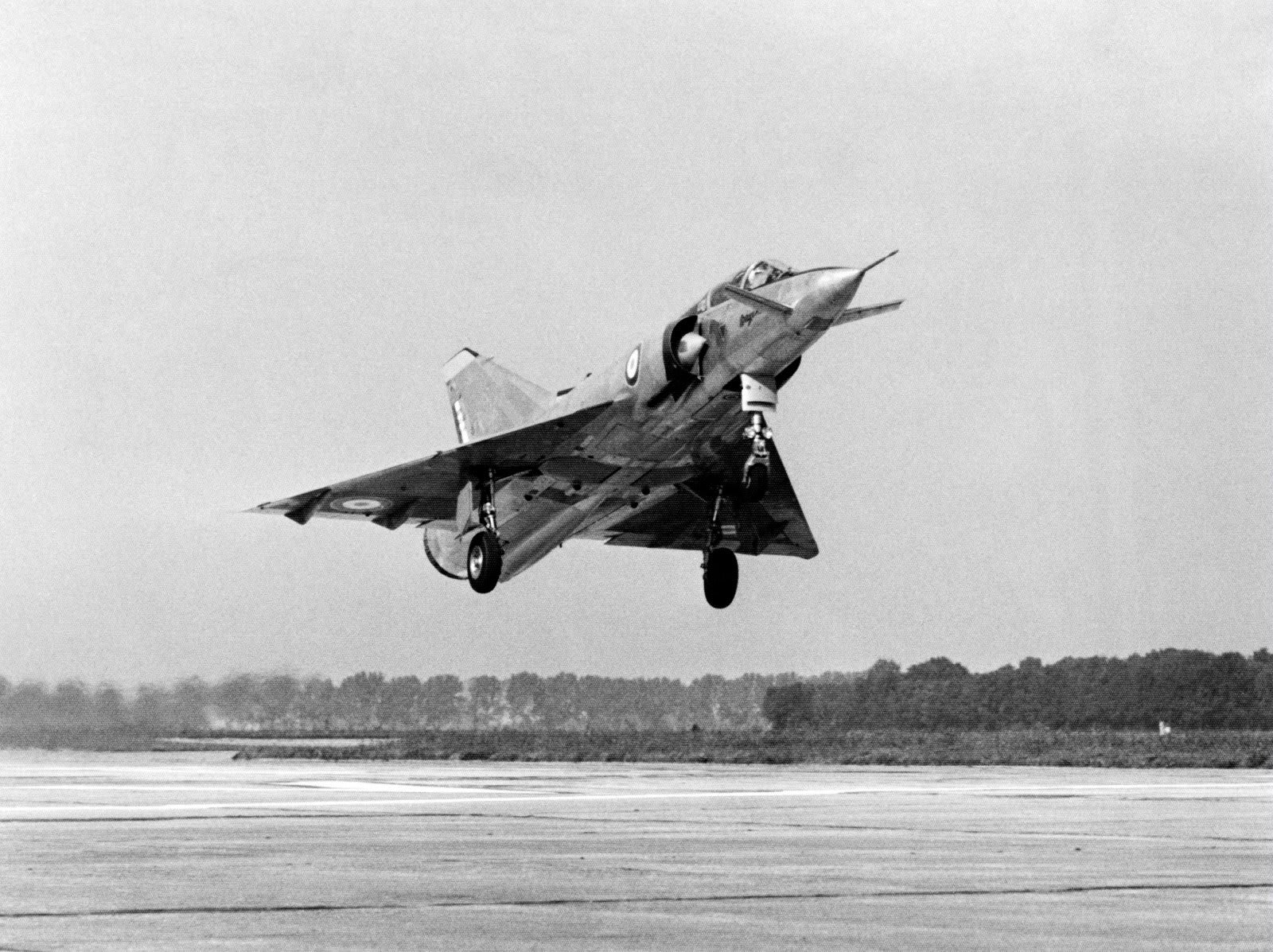Kadija_Man said:Australia learnt a valuable lesson about the fickleness of arms exporters (particularly Swedish ones) from it's purchase of the L35a1 Charles Gustav RCL in the early-mid-1960s. When they attempted to use them in South Vietnam, they found their only suppler of ammunition for the RCL - in Sweden - on instructions from the Swedish Government refused to supply them! The result was that the L35a1s were left behind in Australia and the Infantry Company AT Sections deployed as combat dog teams. I can only imagine what would have happened with the Draken...
Err...correct me if I am wrong but didn't French influence also prevent the Mirage IIIs from being employed in Vietnam? It seems as though Australia was hamstrung regardless of whether the Mirage III or Draken had been selected.


